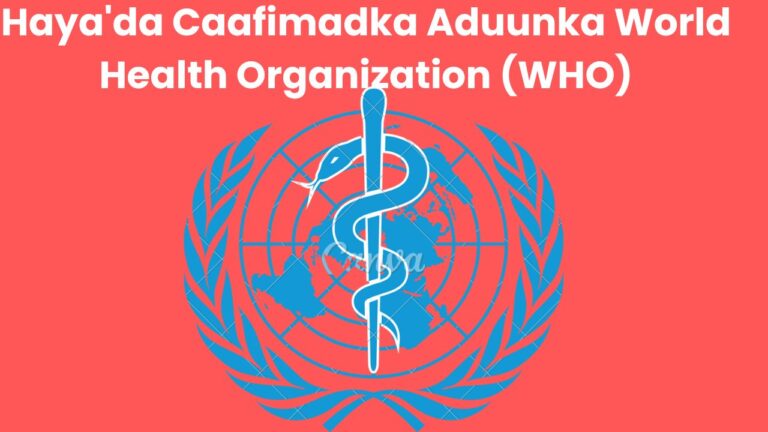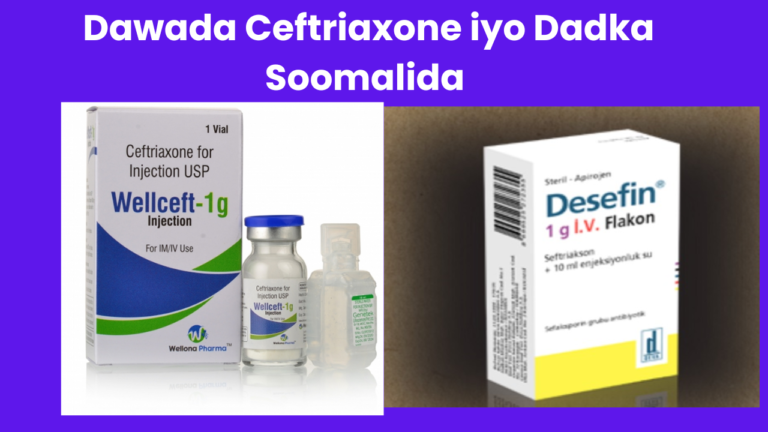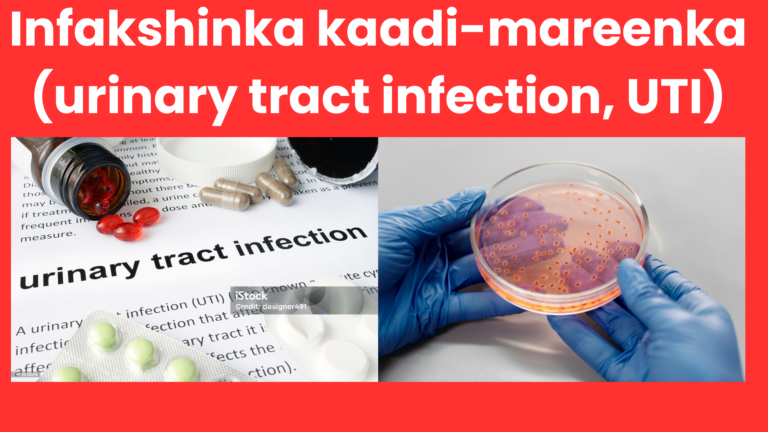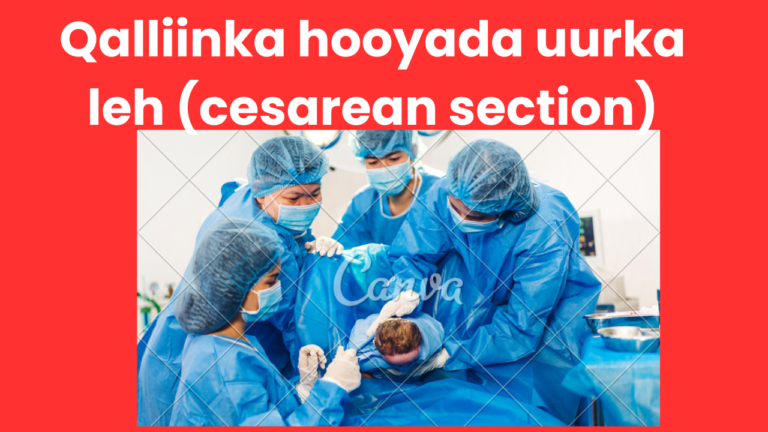Healthcare in Somalia

is largely in the private sector. It is regulated by the Ministry of Health of the Federal Government of Somalia. In March 2013, the central authorities launched the Health Sector Strategic Plans (HSSPs), a new national health system that aims to provide universal basic healthcare to all citizens by 2016. Somalia has the highest prevalence of mental illness in the world, according to the World Health organization Some polls have ranked Somalis as the happiest people in Sub-Saharan Africa
Somalia’s public healthcare system was largely destroyed during the ensuing civil war. As with other previously nationalized sectors, informal providers have filled the vacuum and replaced the former government monopoly over healthcare, with access to facilities witnessing a significant increase. Many new healthcare centers, clinics, hospitals and pharmacies have in the process been established through home-grown Somali initiatives. The cost of medical consultations and treatment in these facilities is low, at $5.72 per visit in health centers (with a population coverage of 95%), and $1.89–3.97 per outpatient visit and $7.83–13.95 per bed day in primary through tertiary hospitals.
Healthcare in Somalia is significantly challenged by various factors, including ongoing conflict, political instability, and limited resources. Here are some key aspects:
#Healthcare Infrastructure: The healthcare system is fragmented, with a mix of public, private, and NGO-run facilities. Many regions lack basic medical services, and those available are often underfunded and poorly equipped.
#Access to Services: Access to healthcare is uneven, particularly in rural areas where facilities are scarce. Many people face barriers due to distance, cost, and insecurity.
#Maternal and Child Health: Somalia has one of the highest maternal and infant mortality rates in the world. Many women lack access to prenatal care, skilled birth attendants, and postnatal care.
Health sector strategic plans.
Health sector strategic plans in Somalia aim to address the numerous challenges within the healthcare system and improve health outcomes. Key components typically include:
#Assessment of Needs: Identifying health priorities based on disease burden, population needs, and gaps in services.
#Goals and Objectives: Establishing clear, measurable goals, such as reducing maternal and child mortality, improving access to primary healthcare, and enhancing nutrition.
#Strengthening Infrastructure: Plans often focus on rebuilding and improving healthcare facilities, ensuring they are equipped and staffed adequately.
#Workforce Development: Strategies to train and retain healthcare professionals, particularly in rural and underserved areas.
#Disease Prevention and Control: Initiatives to combat infectious diseases through vaccination programs, public health campaigns, and improved sanitation.
#Nutrition and Food Security: Programs aimed at addressing malnutrition, including community-based nutrition interventions and food assistance.
#Mental Health Services: Integrating mental health into primary healthcare and increasing access to mental health support.
#Collaboration and Coordination: Promoting partnerships among government agencies, NGOs, and international organizations to ensure a coordinated approach to healthcare delivery.
#Monitoring and Evaluation: Establishing systems to track progress and assess the effectiveness of interventions.
#Funding and Sustainability: Identifying sources of funding and ensuring the sustainability of health programs through community involvement and government commitment.
These strategic plans are often developed in alignment with international health frameworks, such as the Sustainable Development Goals (SDGs), and aim to create a more resilient and effective healthcare system in Somalia.
Medical hospitals and facilities in Somalia’s administrative provinces
Somalia’s healthcare system includes various medical hospitals and facilities across its administrative provinces, although many face significant challenges. Here’s an overview of some key hospitals and facilities in different regions:
- Banadir Region (Mogadishu)
- Mogadishu Medical Complex: A major referral hospital with various specialties.
- Istanbul Hospital: A private facility offering advanced medical services.
- Benadir Hospital: One of the oldest public hospitals in the region, providing general healthcare services.
- Somaliland
- Hargeisa Group Hospital: The largest hospital in Somaliland, providing a range of medical services.
- Sool Hospital: Located in Las Anod, offering essential healthcare services.
- Puntland
- Bosaaso General Hospital: A key facility in Puntland, serving the population with various healthcare services.
- Galkayo Regional Hospital: Provides healthcare for residents of Galkayo and surrounding areas.
- Jubaland
- Kismayo General Hospital: Offers medical services to the Kismayo population, including maternity and emergency care.
- Jubaland University Hospital: A teaching facility focused on medical education and patient care.
- Southwest State
- Baidoa Hospital: Serves the Baidoa area with essential healthcare services.
- Hudur Regional Hospital: Provides medical care in the region, although facing resource challenges.
- Galmudug
- Dhusamareb General Hospital: A regional facility providing primary and emergency care.
- Abudwak Hospital: Offers health services to the local population.
- Hirshabelle
- Jowhar General Hospital: Serves as a primary healthcare facility in the region.
- Mahas Hospital: Provides essential medical services to residents.
- Central Regions
- Beledweyne Hospital: A key facility in the Hiiraan region, catering to a wide range of medical needs.
Challenges Faced
- Many of these hospitals face issues such as inadequate funding, shortages of medical supplies, and a lack of trained healthcare personnel. Additionally, the ongoing conflict and instability in certain regions further complicate healthcare delivery.
Conclusion:While there are several hospitals and medical facilities in Somalia’s administrative provinces, the overall healthcare system continues to struggle with significant challenges. Efforts from NGOs and international partners are crucial in improving healthcare access and quality in these regions.







JAILBAIT VIDEO FORUM САЙТЫ ТОР БРАУЗЕРА 2025
WEBSITE: OPEN IN AN ANONYMOUS BROWSER (the link does not work in other browsers) http://torx5mtxatfovjmdizm27tsqusa4bgej5qx7zvv2quxvh44spl5xzsad.onion
МАГНЕТ ССЫЛКА 218ГБ ВИДЕО ДЛЯ ТОРРЕНТ КЛИЕНТА: magnet:?xt=urn:btih:abd5aaed52b5994fe54136701c4c18156bd28415
Thanks 🙏
Hello cumarismail
Garaad waan kusalaamay
Thank You Dr Omar, really we appreciate for your efforts, go ahead.
Hello 👋
Thanks